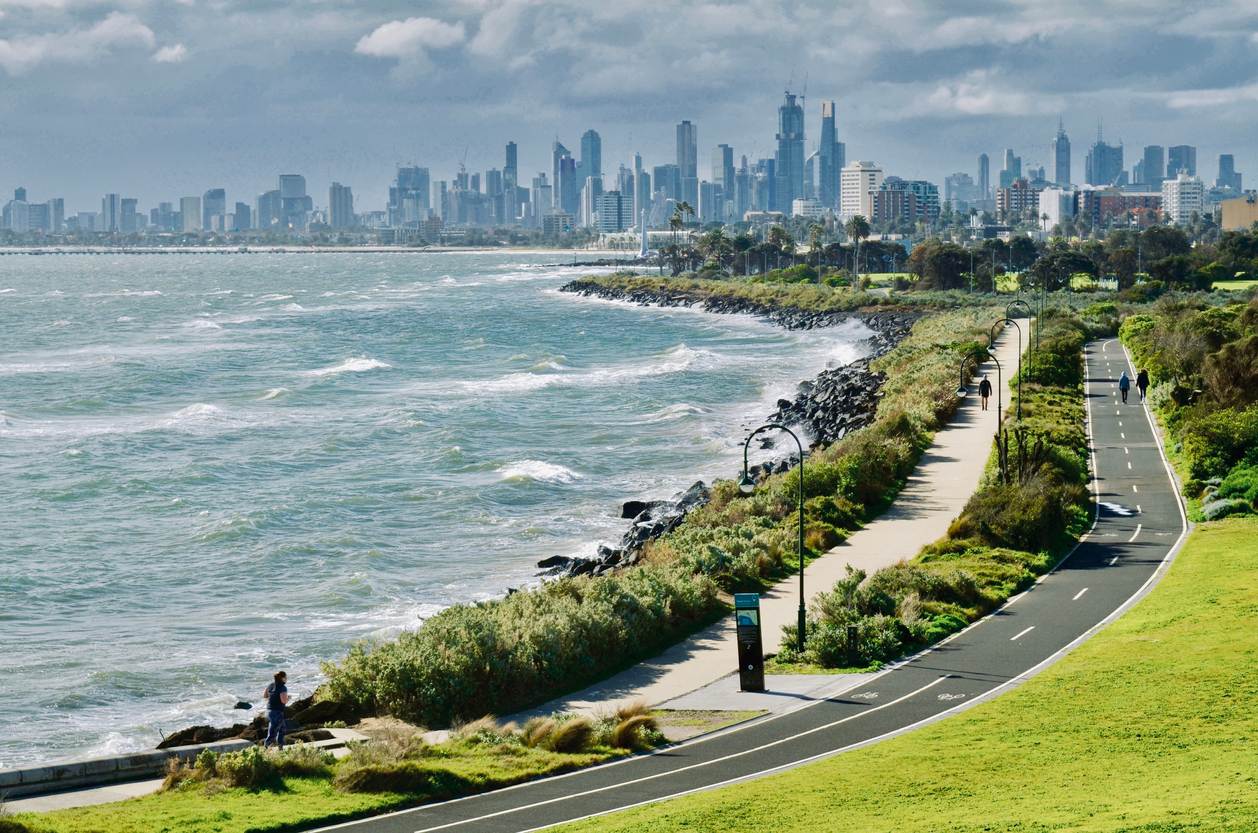Melbourne and VIC property market update - March 2021
With headlines like, Melbourne house prices rise tens of thousands of dollars in one month, Records shattered and Buyers competing for properties in "bullish" Victorian market you would be forgiven for thinking the pandemic (and last year's recession) are a bad dream.
The reality is that even Melbourne, which endured one of the strictest lockdowns of 2020, is reporting record price rises for properties - with select locations in regional Victoria not far behind. There is no simple, single causal factor, rather a complex web of economic influences behind the current ‘bull’ market, including:
- A largely COVID-free environment
- Government stimulus measures
- Home buyer concessions
- Record low interest rates
- Low listing numbers relative to demand
- Positive consumer sentiment
These factors have all coalesced to drive national home values up +2.8 per cent in March alone, the fastest rate of growth since October 1988. This is most visible in the upper quartile of the market where prices have surged +3.7 per cent over the month, while the lower quartile only grew +1.6 per cent.
Let’s now look at a closer look at what’s happened in the Melbourne and Victorian property markets over the past month.
Melbourne market update

Houses
$859,097
Monthly change: +2.6%
Units
$593,121
Monthly change: +1.7%
Melbourne’s market advanced +2.4 per cent over March which brings it to +4.9 per cent growth for the quarter and +0.7 per cent for the year to date (YTD), for a median dwelling value of $736,620. In dollar terms this means Melbourne house prices are up $20,000 since February for a median value of $859,097.
CoreLogic data shows that despite housing values dropping -11.1 per cent between
2017 and 2019, and -5.6 per cent during the worst of the 2020 COVID period, values have recovered to record highs in March.
CoreLogic data shows that house values have recovered to record highs in March, after dropping -11.1 per cent over 2017-19, and -5.6 per cent over 2020
The Real Estate Institute of Victoria (REIV) data reports that February saw the highest ever auction clearance rate for the month in the state, with an “84.8 per cent clearance rate from more than 3000 auctions.”
The Melbourne suburbs of Reservoir, Coburg, and Bentleigh East were the top selling auction suburbs in February, recording 44, 37, and 35 auctions respectively.
They put the recovery of the local market down to a range of factors, including “...incentives for First Home Buyers, mortgage repayment holidays, and low interest rates. High demand across the state has also been fuelled by an increase in activity following Victoria’s devastating lockdowns which saw thousands of auctions cancelled.”
Houses (up +2.6 per cent) continue to outperform units (up +1.7 per cent), though CoreLogic reports that the latter have turned a corner, with “values consistently rising since October last year, with the trend accelerating over recent month.”
Regional Victoria market update
Houses
$470,508
Monthly change: +2.6%
Units
$329,398
Monthly change: +2.9%
Overall regional property in Victoria has outperformed Melbourne’s market, rising +7.0 per cent over the recent quarter, and +10.4 per cent for the YTD. Contrast this with the city which has advanced +4.9 per cent and just +0.7 per cent over the same timeframes.
Over March regional housing values still managed to outpace the state capital, with values up +2.6 per cent compared with a +2.4% rise for metro Melbourne.
Over March regional housing values still managed to outpace the state capital, with values up +2.6 per cent compared with a +2.4% rise for metro Melbourne
In terms of specific markets to watch, independent property advisors Herron Todd White tip Geelong, which has “...entered 2021 with a solid foundation to make sustainable capital growth throughout the year. The continuing popularity of regional markets has seen this
become one of the strongest performing regions with a rise in values of 6.9 per cent over the past year.”
Melbourne and regional Victoria rental market update
SQM Research reports that residential vacancy rates in Melbourne have firmed since the new year, with Feb’s figures (4.5 per cent) slightly down on March (4.7 per cent).
CoreLogic data indicates that gross rental yields are the lowest in Melbourne (2.9 per cent) and Sydney (2.7 per cent), though yields in regional Victoria are still relatively healthy at 4.1 per cent. The annual change in asking rents for houses in Melbourne are in positive territory (+0.9 per cent) with units (-8.2 per cent) still negative over this timeframe.
Herron Todd White believe that with Australia’s international borders unlikely to fully reopen until at least 2022, and no overseas arrivals, ‘...the rental market in the Melbourne CBD will continue to be sluggish in the coming year’.
Independent property advisors Herron Todd White believe that with Australia’s international borders unlikely to fully reopen until at least 2022, ‘...the rental market in the Melbourne CBD will continue to be sluggish in the coming year’
The outlook moving forward
Property experts and analysts have all gazed into their crystal balls and believe the following:
CoreLogic’s Tim Lawless feels that currently, “Australians are feeling optimistic and confident in making high commitment decisions related to the property market,” though cautions that, “While we are expecting housing values to continue rising throughout 2021 and well into next year, it is reasonable to expect the pace of growth will slow,” due to “...factors such as rising interest rates, weaker economic conditions or changes to credit availability.”
NAB has a positive overall view of 2021, but does caution that, “...a sustained period of restrictions focused on containing the virus would likely see economic activity, including home buying and selling, temporarily stall. This could result in renewed downwards pressure on housing prices.”
ANZ Bank predicts Melbourne house prices will grow +16% this year, and slow to +6 per cent growth in 2022. They think the Australian Prudential Regulation Authority (APRA) will put the brakes on lending to prevent unsustainable house price growth in the medium term.








